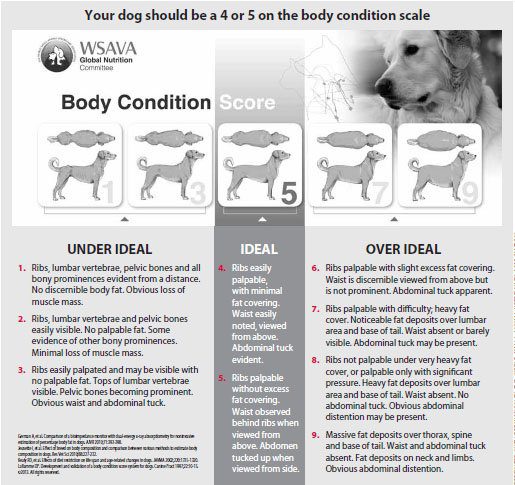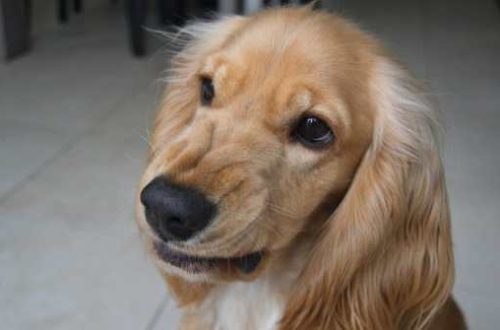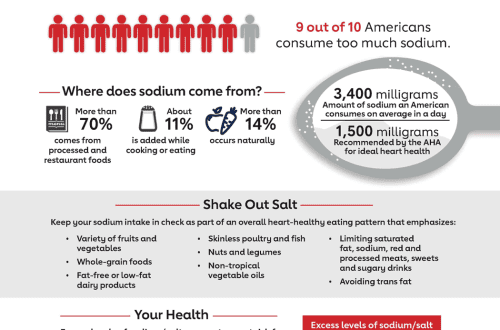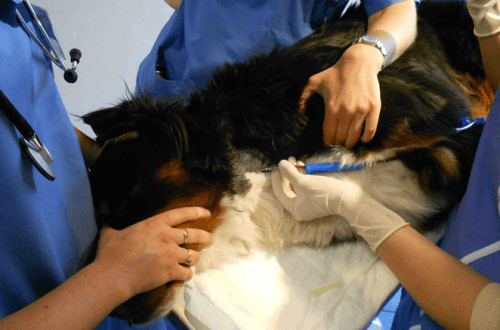
How to understand that the dog is too thin
How to determine if a dog is thin or not? The answer to this question will allow not only to understand whether the pet’s diet is correctly composed, but also to decide whether it is time to show it to the veterinarian.
How to determine that the dog has lost a lot of weight, and is it harmful to her health?
Contents
How to understand that the dog has lost weight
Many do not understand what weight a dog is considered to be the norm. This is likely due to the prevalence of obesity in dogs, which has led many owners to consider it normal for their pets to be overweight, explains Cummings School of Veterinary Medicine at Tufts University. Similarly, owners may find a healthy weight four-legged friend to be too thin, which can lead to overfeeding.
How to understand that the dog has lost weight
Tufts University suggests contacting a veterinarian or certified veterinary nutritionist to determine a dog’s body condition on a weight scale. This indicator gives an overall assessment of the fat content in the animal’s body, similar to the human body mass index.
A pet with a normal weight will score 4-5 on a scale of 1 to 9, or 3 on a scale of 1 to 5. Dogs with these scores appear lean, with a well-defined waistline when viewed from above and a tucked up belly that is not level with line of the chest and does not protrude beyond it. The dog’s ribs should be palpable under a thin layer of fat.
As Rover writes, if the dog has lost weight, the signs may be as follows:
- the ribs are clearly visible or feel like they are located directly under the skin without a fatty layer;
- femurs, humerus and vertebrae are easily palpable under the skin;
- bones at the base of the tail protrude;
- the curve between the ribs and thighs looks very sharp when viewed from above;
- the spine and ribs are clearly visible from above.
Why is my dog so skinny?
If the dog seems to be too thin, it is best to consult a veterinarian. He will assess the condition of the pet to confirm suspicions or reassure. If your four-legged friend is really underweight, this may be a sign of a serious health problem. In addition to starvation and improper care, there are several reasons why a dog is thin.
Poor nutrition
If the dog is too thin, first of all it is necessary to check whether he is eating properly. Not all dog foods are created equal in terms of calories and nutritional value.
According to Tufts University, depending on the manufacturer and brand, one bowl of dry dog food can contain between 200 and 600 calories. You might think that one bowl a day is enough for a pet, but the amount of calories consumed by him does not correspond to the daily requirement.
Some dog foods also contain improperly balanced or low-quality ingredients that do not provide enough nutritional value to your four-legged friend.
Consult your veterinarian regarding your pet’s diet. If necessary, the doctor may recommend changing the daily amount of food or suggest switching to another food that is more suitable for your pet according to its size, age and activity level. Primary pathologies
Underweight can also indicate the presence of a primary pathology, especially when it comes to sudden weight loss. Weight loss in dogs can be caused by a variety of causes, from toothache and gastrointestinal discomfort to more serious conditions, including diabetes, thyroid disease, and cancer. The veterinarian will perform a thorough examination and take blood and urine tests from the pet to find or rule out the cause of the weight loss.
Age
For some older dogs, it is quite normal to lose some weight due to reduced appetite, muscle loss, and digestive problems. According to Pet Carrier Verdict, all of these phenomena are common among aging pets.
You should discuss with your veterinarian the possibility of changing the dog’s food to a more age-appropriate and more easily digestible food. Although slight weight loss is common in older dogs, sudden or severe weight loss indicates a health problem that needs to be addressed..
How to gain weight for a dog
If the pet is unwell, proper treatment of the primary pathology will help him return to normal weight. Depending on the disease and the therapeutic plan prescribed by the veterinarian, treatment may include changing the dog’s food to food to maintain the health of the dog in his illness. The specialist will tell you how much to feed your four-legged friend to help him achieve a healthy weight. For very thin dogs, veterinarians can offer high-calorie options to help them gain weight faster.
If the pet is generally healthy, adjusting the daily diet to ensure the required number of calories and a balanced diet will help return him to normal weight.
While owners may be tempted to supplement a thin dog with their own food, Tufts University cautions against offering leftovers from your pet’s table. This can cause nutritional imbalances and result in weight loss instead of weight gain.
The ability to understand when the dog’s weight deviates from the norm will prevent a number of related problems and maintain the health and good mood of the four-legged friend.





